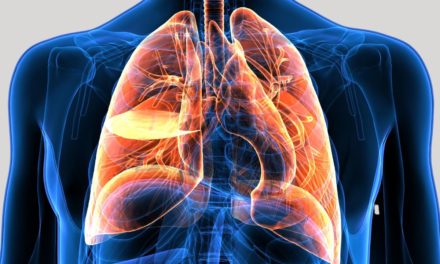Introduction
Catarrh, a term often used to describe excessive mucus production and congestion in the respiratory tract, is a common condition that can affect individuals of all ages. Whether caused by infections, allergies, or irritants, catarrh can lead to discomfort, coughing, and a feeling of congestion. In this article, we will delve into the world of catarrh, exploring its causes, symptoms, effects on individuals, and the array of treatment options available. By fostering awareness and understanding, we aim to provide valuable insights into catarrh and empower individuals to manage their condition effectively, leading to improved respiratory health.
Unveiling Catarrh
Catarrh refers to the excessive production of mucus in the respiratory tract, often leading to congestion and discomfort.
Causes and Triggers
Catarrh can result from various factors, including:
- Respiratory infections (cold, flu)
- Allergies (pollen, dust mites)
- Irritants (smoke, pollution)
- Sinusitis (inflammation of the sinuses)
- Gastroesophageal reflux disease (GERD)
Identifying Symptoms
Catarrh symptoms can manifest as:
- Excessive mucus production (runny nose)
- Congestion in the nose or throat
- Coughing to clear mucus
- Postnasal drip (mucus flowing down the throat)
Effects on Individuals
Catarrh can lead to discomfort, disrupt sleep, and affect an individual’s quality of life.
Treatment and Management
- Hydration: Staying hydrated helps thin mucus and facilitate its removal.
- Saline Nasal Irrigation: Rinsing the nasal passages with saline solution can help clear mucus and reduce congestion.
- Steam Inhalation: Inhaling steam can provide temporary relief by loosening mucus.
- Over-the-Counter Medications: Decongestants and antihistamines can help alleviate symptoms.
- Avoiding Irritants: Minimizing exposure to smoke, pollutants, and allergens can prevent exacerbations.
Allergy Management
For catarrh caused by allergies, identifying triggers and managing them is essential.
Seeking Professional Help
Persistent or severe catarrh should be evaluated by a healthcare provider to rule out underlying conditions.
Preventive Measures
Practicing good hand hygiene, maintaining a clean indoor environment, and avoiding triggers can help prevent catarrh.
Result
Catarrh may be a common condition, but it can still disrupt daily life and well-being. By understanding its origins, recognizing symptoms, and embracing a comprehensive approach to treatment, individuals can navigate the challenges of catarrh with resilience and determination. Through practical remedies, lifestyle adjustments, and fostering a supportive environment, individuals can achieve improved respiratory health and enjoy a life free from the discomfort of catarrh. Let us stand united in raising awareness, advocating for proper care, and championing a world where everyone can breathe freely and experience optimal well-being, unburdened by the constraints of catarrh.










